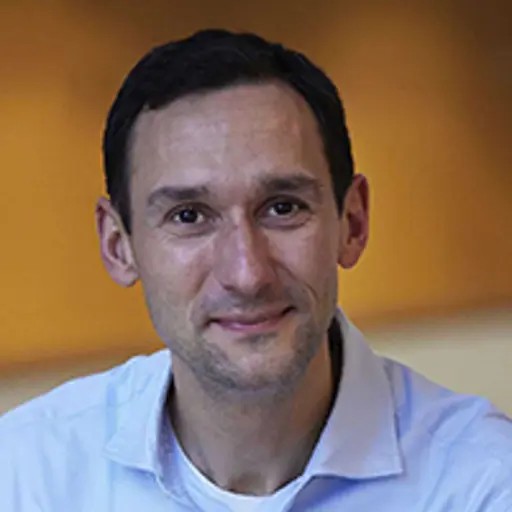




The vision of the quantum sensing and foundations lab is to explore the quantum behavior of macroscopic objects and to develop novel quantum sensing technologies. The lab is headed by Associate Professor Witlef Wieczorek.
Research field
We can nowadays manipulate the quantum states of atoms, ions, superconducting qubits and many more – fueling the second quantum technology revolution. But still, there seems to exist a limit to exert quantum control over more macroscopic objects. Or, have you already seen the famous Schrödinger cat, which is both dead and alive at the same time? In our lab, we aim to extend quantum control to larger objects to explore potential limits of quantum mechanics.
At the same time, realizing quantum control necessitates the isolation of the object from the environment to minimize decoherence processes, such that the isolated objects become very sensitive to external influences. This is then the realm of quantum sensing, where the quantum object is used as a sensor to acquire information about its environment.
We address these research questions with nano- and micromechanical systems. The key in our research is that we follow different approaches to pursue our exciting research activities:

• coupling mechanical motion to light in so-called cavity optomechanical devices;
• using superconducting magnetic levitation to reach ultra-low mechanical dissipation in engineerable potentials; and
• exploring embedded quantum emitters in two-dimensional materials.
Our research is interdisciplinary and brings together methods from quantum optics, quantum information, solid-state physics, superconductivity, and photonics. Our group’s expertise spans the entire research methodology: from device simulation over device fabrication in Chalmers in-house Nanofabrication laboratory to device characterization, and, of course, experiments.

Quantum optomechanics
In a cavity optomechanical system, light interacts with a mechanical resonator via radiation pressure. This radiation pressure force is used to exert control over the mechanical system. At the same time, the motion of the mechanical resonator acts back on the state of the light field. In our lab, we design, develop, and explore novel cavity optomechanical devices for quantum sensing applications.

Levitated magnetomechanics
Levitation is a fascinating phenomenon in physics. It offers the best isolation of an object from its surrounding environment. A levitated object can thus be used as an ultra-sensitive device for measuring external forces or accelerations. In our lab, we explore chip-based superconducting levitation of magnetic objects of various sizes for quantum-enhanced sensing and exploration of quantum foundations, i.e., exploring the limits of macroscopic quantum states.
Two-dimensional materials
Two-dimensional materials have unique properties that make them appealing for a range of novel applications. We use quantum emitters in these materials for generating non-classical photon states as well as for reading out the motion of a nanomechanical resonator functionalized with a two-dimensional material.
For more info
For more information have a look at our website
Find us on X: @WitlefW
LinkedIn
Witlef’s google scholar

Staff
- Head of Division, Quantum Technology, Microtechnology and Nanoscience
- Staff Scientist, Quantum Technology, Microtechnology and Nanoscience
- Visiting Researcher, Quantum Technology, Microtechnology and Nanoscience
- Doctoral Student, Quantum Technology, Microtechnology and Nanoscience
- Doctoral Student, Quantum Technology, Microtechnology and Nanoscience
- Doctoral Student, Quantum Technology, Microtechnology and Nanoscience
- Postdoc, Quantum Technology, Microtechnology and Nanoscience




